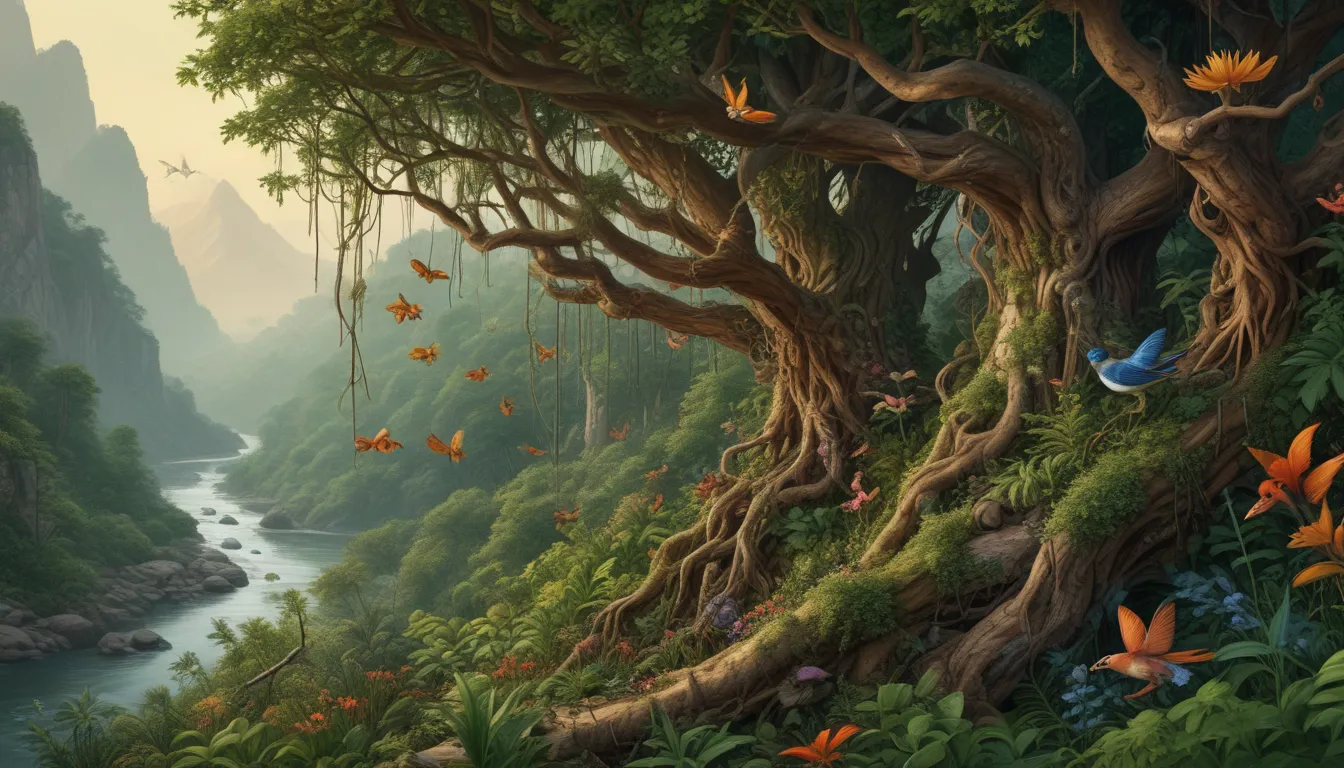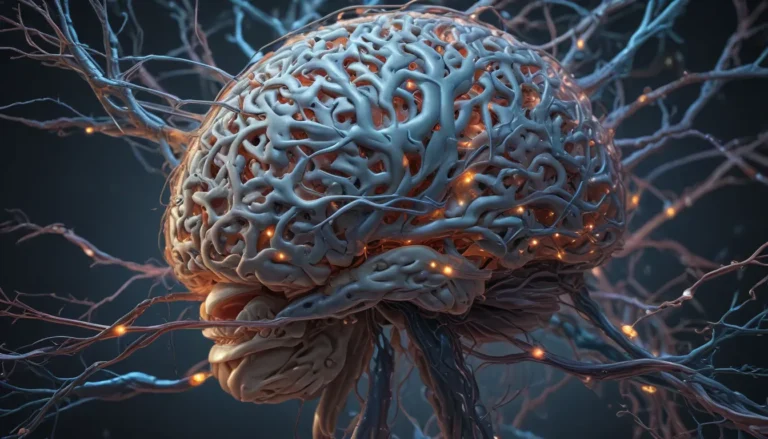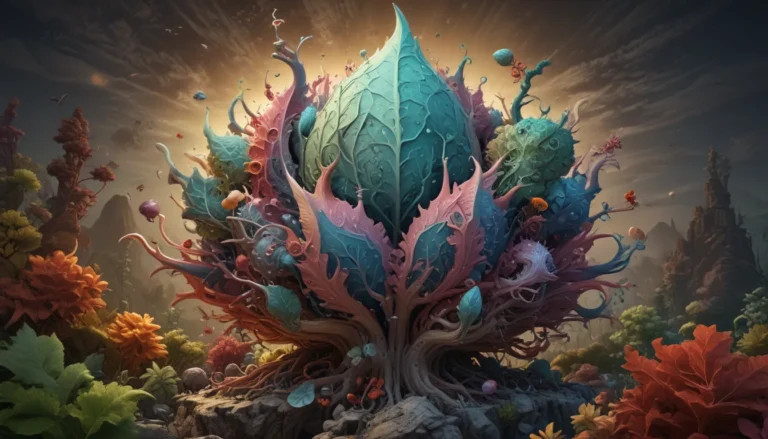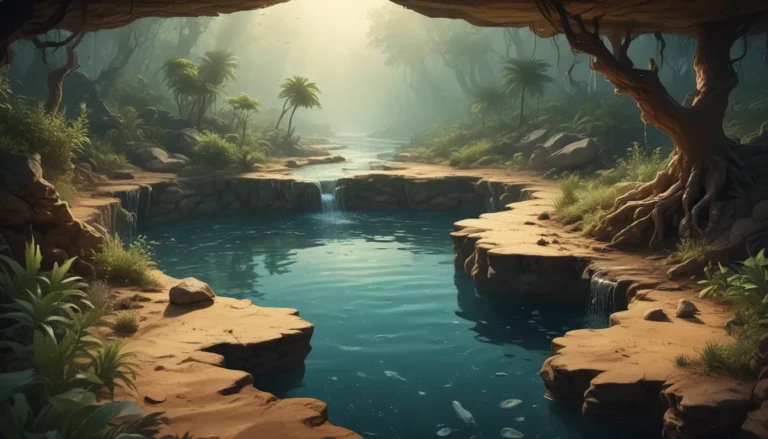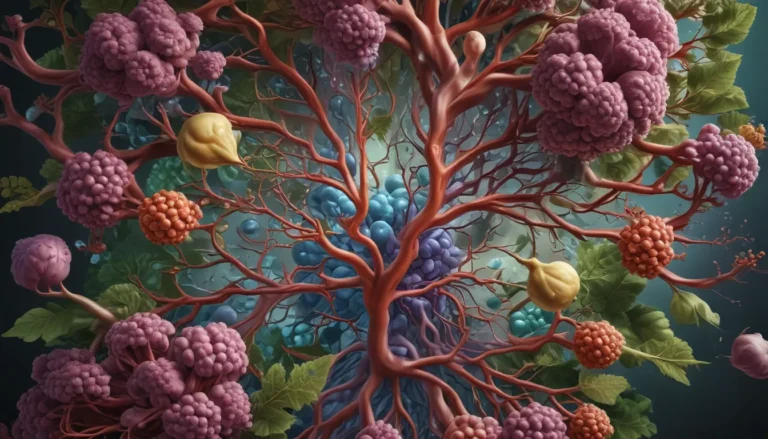A Note About Images: The images used in our articles are for illustration purposes only and may not exactly match the content. They are meant to engage readers, but the text should be relied upon for accurate information.
Have you ever pondered the interconnectedness of nature, where the actions of one species can set off a chain reaction that reverberates through the entire food chain? Welcome to the world of trophic cascades, where top predators hold the key to shaping entire ecosystems. In this article, we will unravel 20 extraordinary facts about trophic cascades that will illuminate the complexity and importance of these ecological phenomena.
Unlocking the Mysteries of Trophic Cascades
- Trophic Cascades Explained: Trophic cascades are akin to a domino effect in nature, where the activities of top predators can trigger significant changes throughout the ecosystem, impacting everything from flora to fauna.
- Human Influence: Human activities such as overfishing and deforestation can disrupt trophic cascades, underlining the profound impact our actions can have on the delicate balance of nature.
Diverse Ecosystems, Unified Effects
- Versatility of Trophic Cascades: These cascades can manifest in various ecosystems, from terrestrial forests to aquatic environments, emphasizing the pivotal role of predator-prey relationships in maintaining ecological stability.
- The Missing Link: The removal of top predators, such as wolves or sharks, can initiate trophic cascades by disrupting the delicate predator-prey balance within an ecosystem.
Ripple Effects Throughout the Food Chain
- Indirect Impacts: Trophic cascades not only affect the prey species directly under the top predator but also have indirect repercussions on other trophic levels within the food web.
- Marine Consequences: Overfishing of apex predators like tuna or sharks can set off trophic cascades in marine environments, disrupting species abundance and diversity lower down the food chain.
Restoring the Harmony of Nature
- Ecosystem Stability: Trophic cascades play a crucial role in shaping ecosystem structure and biodiversity by influencing the abundance and behavior of prey species.
- Reversing the Cascade: Reintroducing top predators to an ecosystem can serve as a counterbalance, helping to restore equilibrium and reverse the effects of a trophic cascade.
Unforeseen Catalysts of Change
- Disease Dynamics: Disease outbreaks in specific prey species can upset predator-prey dynamics, triggering cascading effects throughout the ecosystem.
- Nutrient Flow: Trophic cascades indirectly impact nutrient cycling and energy flow by altering the abundance and behavior of herbivores.
Beyond Ecology: Economic Ramifications
- Economic Ripples: Disruptions in fisheries or agricultural systems due to trophic cascades can have significant economic repercussions, impacting livelihoods and food security.
- Climate Considerations: The ripple effects of climate change on predator-prey interactions may potentially induce trophic cascades with far-reaching consequences.
Building Resilience Through Harmony
- Resilient Ecosystems: Trophic cascades contribute to enhancing ecosystem resilience against disturbances and environmental changes by balancing predator and prey populations.
- Variable Cascades: The strength and duration of trophic cascades can vary based on the specific ecosystem and the dynamics of predator-prey relationships involved.
Habitat Healing: A Path to Equilibrium
- Fragmentation Fallout: Habitat fragmentation can disrupt trophic cascades by limiting predator and prey movement, leading to ecological imbalances.
- Community Implications: Trophic cascades can have community-wide effects on species interactions, influencing competition, mutualism, and beyond.
Productivity and Vulnerability
- Ecosystem Productivity: Trophic cascades regulate prey populations, influencing the productivity and biomass of ecosystems, shaping their overall functioning.
- Herbivore Helpers: Herbivores can indirectly facilitate trophic cascades by stimulating vegetation growth, attracting more predators, and affecting prey populations.
Saviors of the Cascade: Restoration Efforts
- Restoring Balance: Habitat restoration and the reintroduction of key species can help in actively restoring trophic cascades and reinstating balance in ecosystems.
- Combatting Invasives: Introducing new predators to control invasive species can trigger trophic cascades, curbing the spread and impact of non-native organisms.
Humanity’s Hand in Nature’s Dance
- Human Impact: Deforestation, pollution, and other human-induced changes to ecosystems can disrupt trophic cascades, spelling consequences for biodiversity and ecological stability.
- Interconnectedness Illuminated: Trophic cascades exemplify the interconnected nature of ecosystems, underscoring the criticality of preserving their fragile equilibrium.
Embark on a journey through the captivating world of trophic cascades, where nature’s intricate dance unfolds before our eyes. The profound significance of these ecological phenomena cannot be overstated, emphasizing the need to comprehend and conserve them for the health and resilience of our planet’s diverse ecosystems. Let’s celebrate and safeguard the intricate relationships within trophic cascades for a sustainable future.
Embracing a World of Intriguing Insights
Trophic cascades offer a window into the delicate tapestry of life, showcasing the pivotal role of predators in shaping ecosystems. By understanding and cherishing these dynamic relationships, we pave the way for a harmonious coexistence with nature. Explore the enchanting realm of community ecology next, delving into the complex interplay between species within shared habitats.
Conclusion
Trophic cascades serve as a testament to the intricate connections that weave through ecosystems, underscoring the intricate balance that sustains life on Earth. These cascading effects echo with the symphony of nature, urging us to unravel their mysteries and work towards preserving the vibrant tapestry of biodiversity. As we navigate the realm of trophic cascades, we embrace a deeper understanding of our planet’s intricate web of life.
FAQs
Q: What is a trophic cascade?
A: A trophic cascade is a phenomenon where changes in the population of one species at a particular trophic level trigger cascading effects on other species at different trophic levels within an ecosystem.
Q: How do trophic cascades occur?
A: Trophic cascades can unfold through mechanisms such as top-down predator control, where shifts in predator populations lead to changes in prey abundance, altering ecosystem dynamics.
Q: Are trophic cascades always beneficial?
A: Trophic cascades can have both positive and negative impacts on ecosystems, enhancing biodiversity in some instances and disrupting ecological balance in others.
Q: How can trophic cascades be managed or restored?
A: Understanding trophic cascades aids in ecosystem management and restoration by identifying key species and interactions, enabling strategies like reintroducing native predators to restore balance.
Conclude with an invitation to explore, learn, and contribute to the collective wisdom that enriches our understanding of the natural world.
